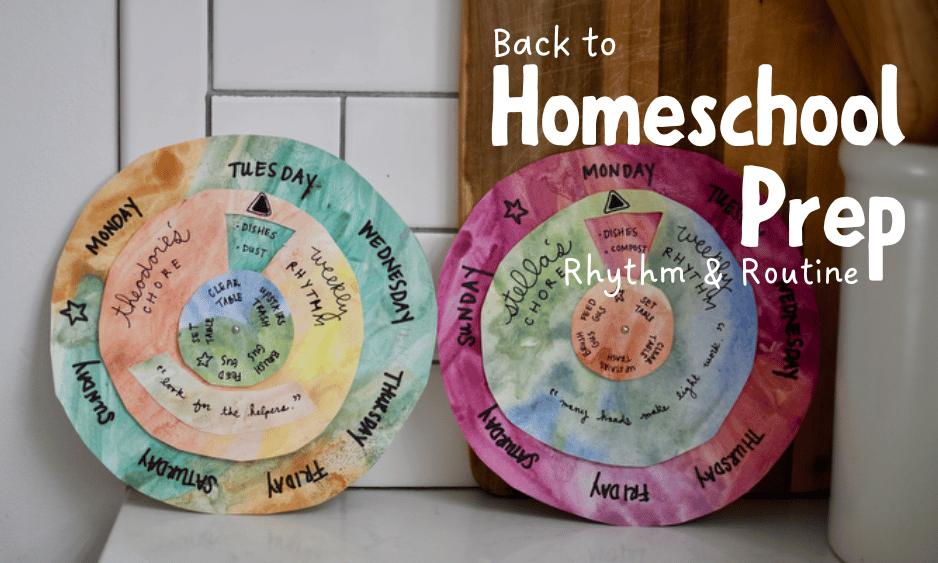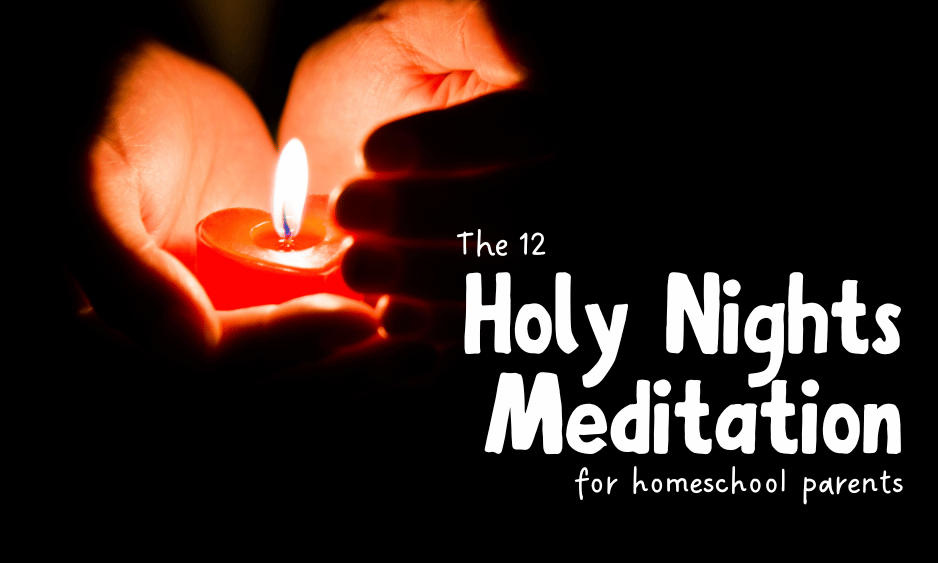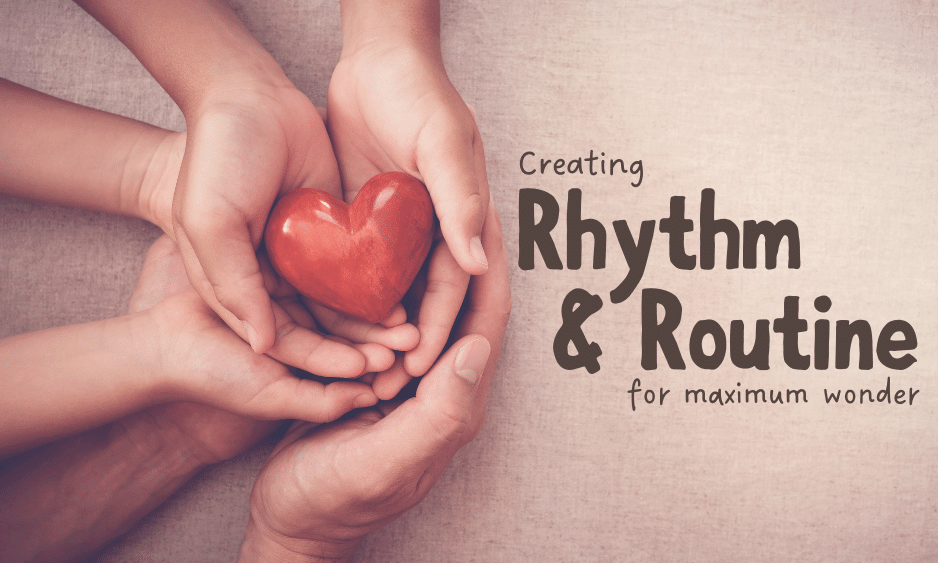Back to School PrepDaily Wonder lesson plans provide the daily, monthly and yearly rhythm of your school year. The educational planning is done, and there is minimal preparation awaiting you, the parent. We all know how hectic the school year can get with all the things that need to happen in one day. The Wonder Squad highly recommends taking the time now to look into your prep needs. You will be so grateful down the road for taking the time now to get organized. Lazy summer days offer leisurely ways to check things off the "back to homeschool to-do list".
Here are our suggestions:
0 Comments
The Four TemperamentsHas your child been displaying behaviours that are puzzling to you? Do you find yourself becoming frustrated with behaviours and tendencies your child exhibits? Are there clashes between your children, despite all your best efforts to mediate? Are you wondering why they approach their projects and studies in a certain way? Most importantly…are you wondering how to support your child more fully? As parents and teachers, we are always looking for ways to understand our children, to interpret their behaviours, and to be able to support them more fully in their development. In Waldorf Schools around the world, it is very common for teachers to use the Four Temperaments Model, as a foundation for understanding their students.
What is Anthroposophy anyway?This is a big topic that can be quite confusing for many people. Especially if you’re searching online and finding many contradicting statements. So here goes… Anthroposophy is a spiritual philosophy founded by Rudolf Steiner, born out of his deep knowledge and experience of both Theosophy and Anthropology. Anthroposophy means Wisdom of the Human Being and is fundamentally a study of the human being: our nature, development, and soul/spiritual task. Rudolf Steiner maintained that every human being (Anthropos) has the inherent wisdom (Sophia) to solve the riddles of existence and evolve as individuals and a collective. In other words, Anthroposophy is a Spiritual Path. To add to the confusion, many people discover Anthroposophy because it has been applied to initiatives that they are a part of. In these scenarios, Anthroposophy is found as the bedrock of various initiatives such as Waldorf education, Biodynamic farming, Medicine, Curative education, Eurythmy, the Christian Community, and Architecture. So, does this mean my kids are taught Anthroposophy if I send them to a Waldorf school?We're not exactly psychic, but we can predict that your children will complain that they are bored and bicker with their siblings (if they have some) at least ten times during the summer. So we are here to highlight the amazing work that is taking place behind these annoying scenes.
Long summer days can offer so many wonderful opportunities for family time and activities that we forget to honour the downtime. Children hardly get unstructured time these days. When they do, it can be met with complaints and loud, uncomfortable noises. As parents, our first inclination is to stop that noise however we can. When we remember that boredom is the doorway to creativity, we give ourselves permission to sit back and wait for the magic to happen. Things that can come out of boredom... More and more parents understand the importance of free, unstructured play for children. However, in our highly structured and driven society, they are working against the grain, in a way. These families have to work extra hard to maintain their values and navigate away from the overuse of screens and electronic toys that take away all the wonder.
At first, if your child is not used to free, unstructured play, it can be difficult for them to sink into something joyful and absorbing. In some ways, it requires a “detox” from the toys and distractions of our modern world. Many popular toys for children today involve electronics: these toys beep, buzz, flash, and talk. On the surface, they seem very exciting and engaging, but one quickly realizes that they lack deeply nourishing engagement with wonder and creativity. Furthermore, they become a source of frustration because they easily break, or the batteries die quickly. They can also be quite disturbing to the nervous system of the child. These toys can overload the senses with sounds and visuals. And let’s not forget the disturbance to the nervous systems of those in the room (like stressed out moms)! What are the Holy Nights?Anthroposophist, mystic, and teacher, Claudia McLaren Lainson explains the Holy Nights:
"In the darkness of Winter’s night, when the great breath of the Earth Mother finds its greatest point of inhalation, human beings are afforded the grace to touch into both magic and miracle. In the pause between her mighty in-breath and out-breath there is a still-point of rest. This still-point has long been known as the Holy Nights. In these blessed Nights, the angels circle the globe as if in a great cosmic dance. They long to speak to listening human hearts. Throughout the ages the ‘listening ones’ on earth have heard the angelic choir; they have received messages of Peace and Love. What is received during these sacred days and nights, resounds a thousand-fold in the year that follows. In this year before us, a great light is striving to find willing human hearts. May we each be the ‘listening ones’ during these Holy Nights. May we work with angels." What are Nature Tables?What is a Nature Table and why do you see them in most Waldorf classrooms and in the homes of families who value Waldorf education? What purpose do they serve and why should you create one?
When You're the Parent and Teacher of Multiple ChildrenA common question we get is, "how can I possibly homeschool successfully with more than one child?!!!
We at Daily Wonder fully recognize this challenge and are here to encourage you to go for it. We have collected our ideas based on teaching experience and feedback from other DW members. We hope you'll be inspired and encouraged to persevere through the inevitable learning curve. Let us remind you that not only do you need to learn to homeschool for two different grades, but most of you are new to homeschooling entirely and ought to cut yourself some slack. You heard it here; take a deep breath; you've got this! Here are the top 10 suggestions for homeschooling more than one child: How Does Daily Wonder Approach History and Geography?
We get asked this important question often, as we are a Canadian-based company with members worldwide. So, how exactly do we approach subjects that are location specific? We Follow the Waldorf Developmental Approach Creating Rhythm, Routine & RitualAt Daily Wonder, we talk a lot about rhythm, routine and ritual. That’s because we know that young children feel a sense of good health when held by boundaries, including the layout of the day, week, and month. Children learn through play and doing until they reach high school, and they need lots of activities that spark their creativity and provide space for wonder. Then, when they know what we expect of them, the children are freed up to be in the moment. After that, it is up to the adults to create boundaries to free the children.
|
BlogExplore schedules, rhythms & routines, songs, music, festivals, free play, meals, projects & more to support your homeschooling program.Categories
All
Archives
July 2024
|
You might be wondering... |
Visit us on Teachers Pay Teachers© COPYRIGHT 2020. ALL RIGHTS RESERVED
Serving your worldwide educational needs from Comox Valley, BC, Canada. |











 RSS Feed
RSS Feed